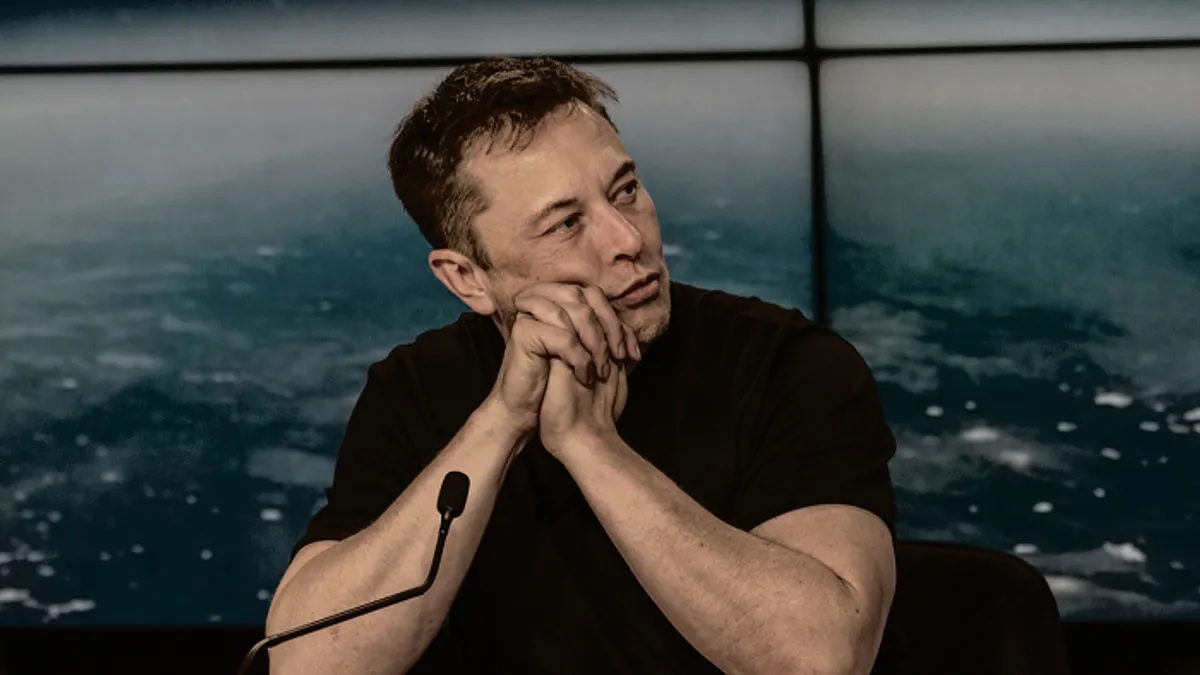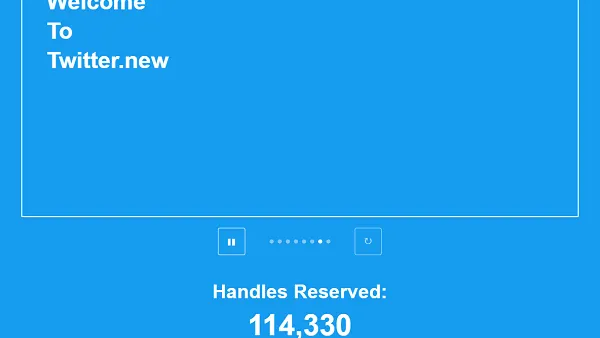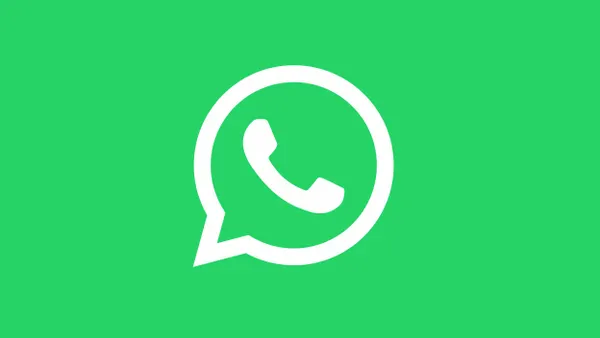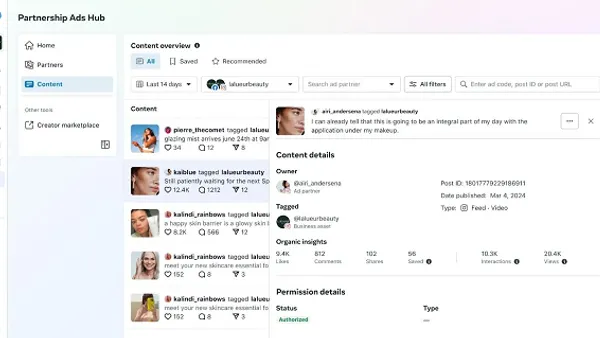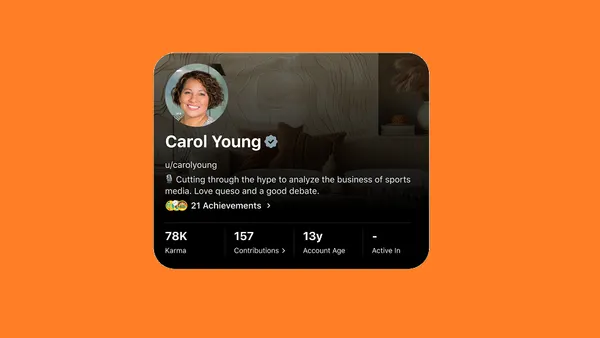YouTube is looking to help creators maximize the performance of their content on connected TV (CTV) screens, as CTV consumption continues to rise, and more creators drive more audience engagement from viewers in their lounge rooms.
Indeed, YouTube has previously reported that its users now watch more than a billion hours of YouTube content on their home TV sets every day, while views of Shorts on TV grew by 100% over the past year. According to Nielsen, YouTube is now the top streaming platform by watch time in the U.S., with almost as much watch time as both Netflix and Disney+ combined, while podcasts are also seeing significant growth in CTV consumption.
Yeah, there’s a lot of opportunity there, and as YouTube becomes a bigger rival for traditional TV consumption and engagement, creators can also glean more benefits from this audience.
First off, YouTube’s expanding its video thumbnail size limit, in order to help creators share better-looking title cards on larger screens.
As per YouTube:
“Soon, we’ll expand the thumbnail file limit from 2MB to 50MB, allowing us to generate and serve new, stunning 4K-resolution thumbnails for creators’ videos. We’ve begun testing larger video uploads with select creators as well to enable even higher quality original uploads.”
Bigger screens means more pixels, and if you’re not utilizing them, things could look a little Minecraft-esque, which is why YouTube’s now looking to help creators make a better impression with their content on larger displays.
YouTube’s also adding what it calls “immersive previews” on channel homepages, which essentially means that your videos will play in the background header of your channel display.
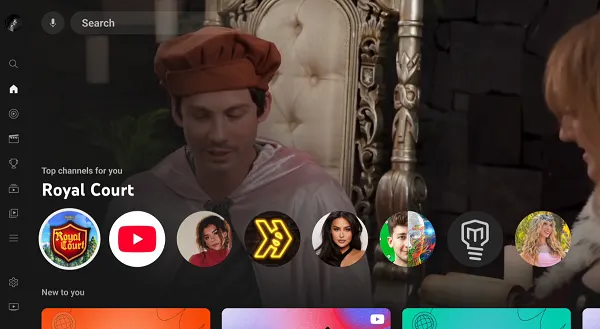
As you can see in this example, the updated CTV channel display will auto-play a channel’s content in the background, with the UI icons overlaid on the playback. That better aligns with the bigger capacity of the TV screen, while creators will also now be able to organize their videos to better cater to CTV viewing.
YouTube’s improving content discovery as well:
“When a viewer initiates a search from a creator’s channel page, they will now see videos from the channel prioritized at the top of the results instead of getting lost in content from across all of YouTube.”
That could be a big boost to channel engagement, keeping more people in their content, as opposed to sending them off to other creators.
YouTube’s also adding improved shopping experiences from CTV, with scannable QR codes within tagged shopping videos that will open the product page on your phone.
“We’re also starting to test the ability to feature products at specific, timed moments within videos.”
YouTube says that viewers watched 35 billion hours of shopping-related videos in the app over the past year, with significant growth in such via CTV viewers, and these new additions will help connect its evolving shopping experiences to the home viewing experience.
Finally, YouTube’s also rolling out AI-powered upscaling, which will render your clips in higher resolution for bigger screens.
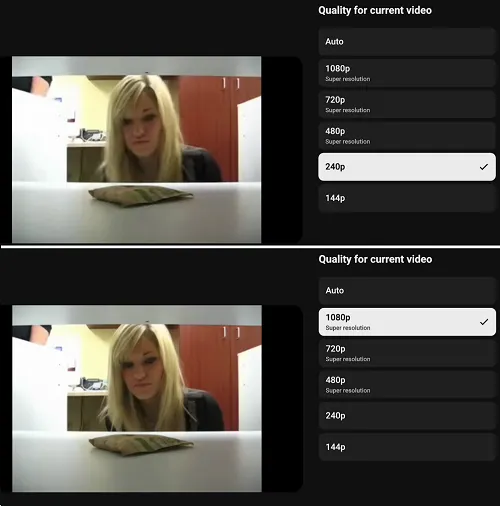
As you can see in these examples, YouTube’s automated upscaling will ideally help to improve the presentation of your low-quality, pixelated clips, making them more suited to big screen display.
Which could be beneficial, but then again, some users have raised concerns that YouTube’s upscaling process, which is already in testing for Shorts, has ended up making their content look AI-generated, and is blurring the lines between real, human-captured content and AI slop.
The creator backlash was so significant in the case of Shorts upscaling, that YouTube was forced to add an opt-out for users.
Which is being built in from the beginning this time around:
“Creators will retain complete control over their library, as both original files and original video resolution will be kept intact, with a clear option to opt-out of these enhancements. And viewers will still be able to watch creators’ videos in the original uploaded resolution, as super resolution will be clearly labeled under settings.”
Basically, YouTube’s AI upscaling should be good, but it might also make your videos look like distorted fever dreams, and if that happens to you, you can opt out of the feature.
YouTube says that it starting to test this with videos uploaded below 1080p, upscaling them from SD to HD, with the goal to support resolutions up to 4K in the near future.
Some interesting updates, and with more creators earning more of their revenue from CTV viewing, it makes sense for YouTube to better align with this behavior.
You can read more about YouTube’s CTV updates here.


